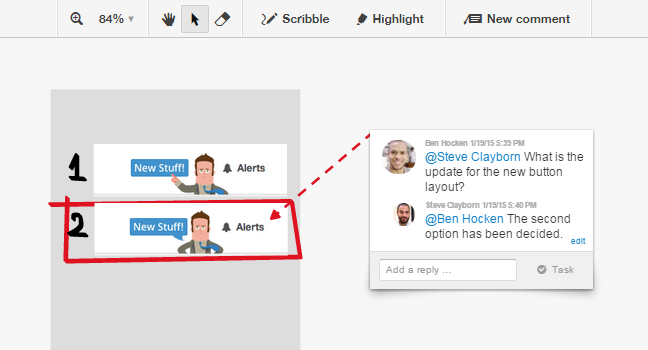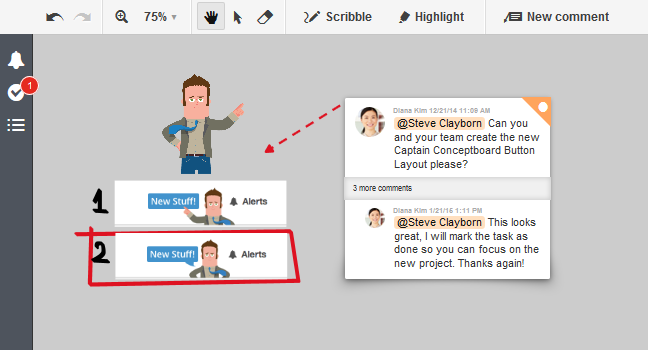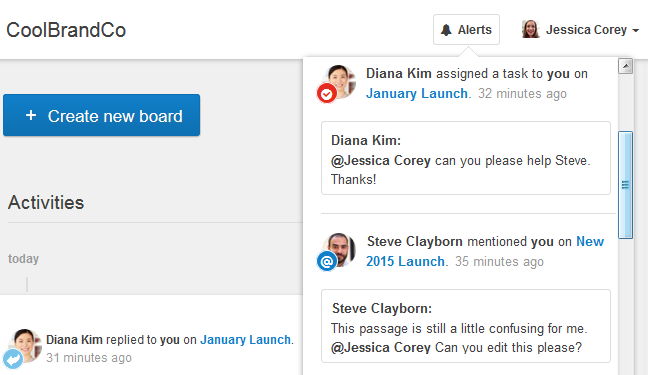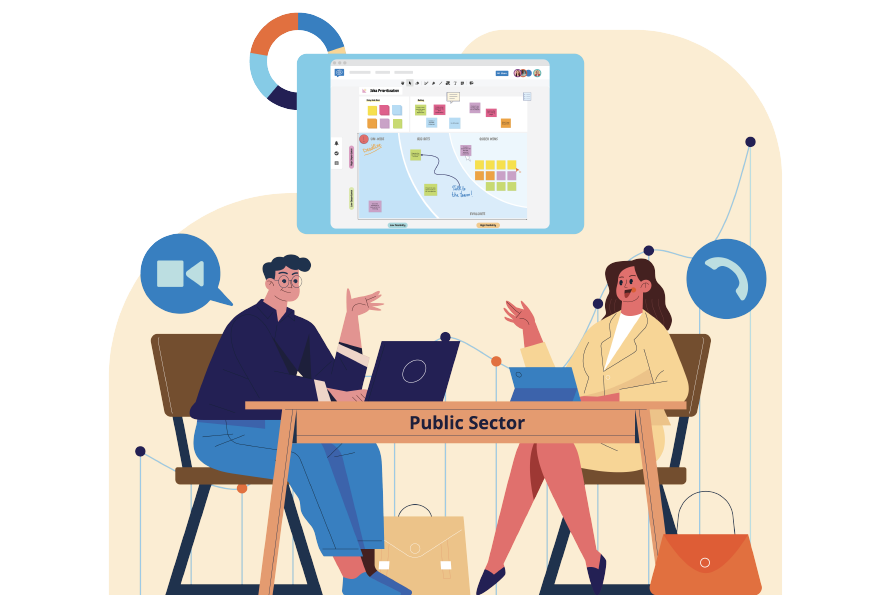In a perfect work day, we would all like to be as productive as possible. From the minute we sit at the desk with a coffee in hand to the moment that 5 o’clock shadow hits our face, productivity would be non-stop. But since we do not live in a perfect world, interruptions, clashes, and hiccups happen which can prevent us from accomplishing everything that needs to get done.
In the United States, people work an average of 45 hours a week and consider 17 of those hours unproductive. That means almost 37% of the work week is wasted!
So, how can we decrease the number of hours of being non-productive? We can look at different productivity styles. Understanding other’s style of productivity will increase the communication flow when having work related discussions. This will create less clashes between one another and ultimately make you more productive. No wasted time, just serious dedication to work.
4 Productivity Styles
According to author Lindsey Lavine, from Fast Company, productivity is a lot easier to achieve when you know how others are productive around you. There are many different types of productivity styles, but we have highlighted the most general and common ones.

The Prioritizer
The Prioritizer is a fact driven worker, meaning this person will only concentrate on the facts and will not waste any time hunting down background information. They are more comfortable with asking ‘what’ questions and prefer straight-to-the point responses back. They will continue to work until all goals have been accomplished and are dedicated to get a job well done.
When working with a Prioritizer in Conceptboard, the comment tool is your best friend! Since your teammate prefers direct information, make sure to point the arrow of the comment directly to the area being discussed, and mark content with the scribble tool to help clarify your comment. This way your teammate won’t have to hunt down necessary information because all relevant details are centralized in one spot.
You can get their attention quicker by @mentioning them directly in a comment box. Once they are @mentioned, they will receive an alert via email and in-app. You waste less time tracking your co-workers down and keep focusing on being productive.

The Planner
The Planner focuses solely on accomplishing tasks. They love to assign and organize tasks in projects, and make sure they are completed in an orderly fashion. To-Do list making is their specialty and will only feel accomplished if they can cross off some items on that list.
So give the Planner what they need- make them the Task Assigner when working with them in Conceptboard. They will be able to assign all tasks that are needed for accomplishing the goal or project and distribute work effectively throughout the team. Less time wasted on figuring out who will do what and more time focusing on accomplishing your assigned tasks.
You can assign a task directly in a comment box to one person or multiple individuals at once. All users that are assigned tasks will quickly be notified in the app or via email to keep the productivity going. Once a task is complete, the task can be marked as being finished and focus can be on the next assigned task.

The Arranger
The Arranger will reorganize any plan or situation that is not effectively contributing to the end goal. They help keep everyone focused on what needs to be done and will help try to redirect others that are not taking the most effective path to the finish line. When they find a method of working , they will stick to it without thinking twice about it. The Arranger will struggle working with a new method that is not his own.
When working with an Arranger in Conceptboard, make sure you understand the method they are most comfortable with for presenting and working in the board. Establish an open communication system before the start of the project. Find out right away what board tools and systems they prefer to use. Whether it’s using only one color to highlight important information or visually structuring information via a color coded format, make sure to use it consistently throughout the project. This will cause less friction and make everyone more productive in the end.

The Visualizer
The Visualizer looks at the big picture of projects, but rarely thinks twice about the details. They multi-task very well but cannot spend their entire time on one project only. They prefer to be presented with information visually, instead of orally.
When working with a Visualizer in Conceptboard, make sure they have a clear understanding of what needs to be done on their part. Structuring the board in multiple smaller sections will most likely work better for them, as will assigning them a variety of tasks to help keep them engaged. They will always be able to easily manage all assigned tasks in a board as tasks are displayed in the tasks overview tab and under “My Open tasks” on the home page. Separating the tasks in the different sections will further help the Visualize have a clear understanding of what needs to get done. They will see the ‘big picture’ more easily to be able to get straight to work.
Learning more about these productivity styles will help you figure out the styles of others. There will be less clashes with your co-workers since you will have already figured out how to work with them. This will create a better open communication and make a great difference on how productive you are throughout the work day.





3 Comments. Leave new
Being an advocate of remote working, I find Conceptboard very promising and will help businesses boost productivity.
Charlene, can project managers tag which of their team member is a prioritizer, planner, arranger, or visualizer?
Perhaps the tool should be able to identify which type a worker should be. What do you think?
Hey Chris,
Conceptboard is built to fit into the workflows of different teams, with a focus on visual collaboration and discussion centered around content. Depending on the needs of the project, teams can assign tag and roles themselves.
Sounds awesome!